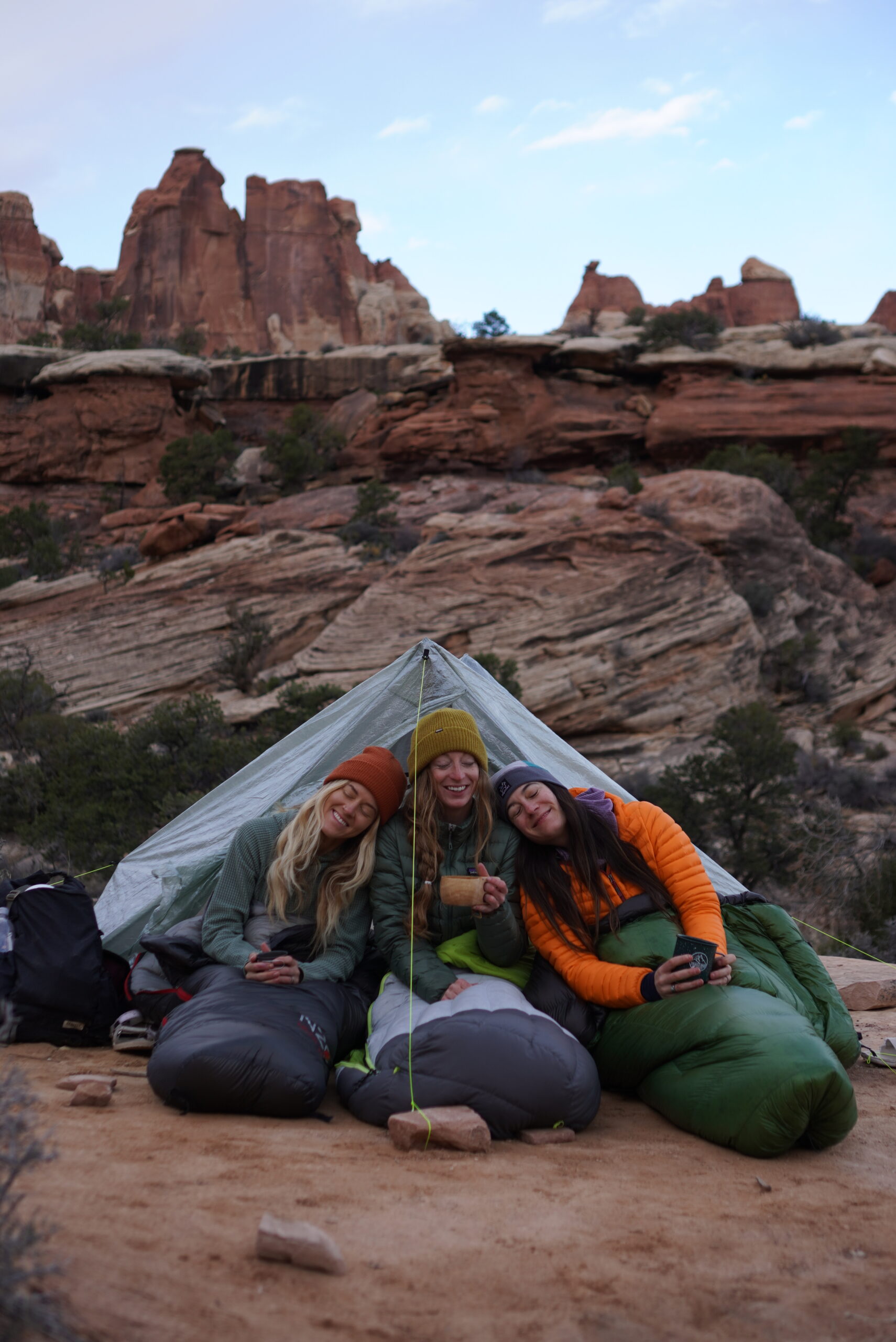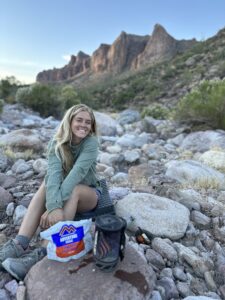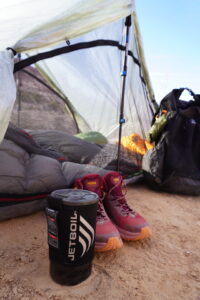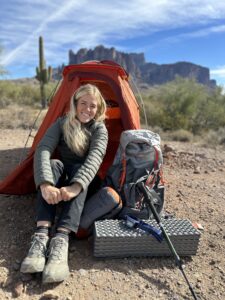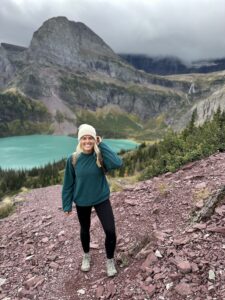Leave No Trace: How to Explore Responsibly in Nature
As we lace up our hiking boots, pack our backpacks, and head out into the wild, there’s one thing we can all agree on: the natural places we love to explore are precious. From the towering peaks to the serene lakes, the forests, and the deserts, our planet is full of awe-inspiring beauty. The last thing we want is to leave behind a trail of damage that could last long after we’ve gone. That’s where Leave No Trace (LNT) comes in — a set of principles designed to help us enjoy nature while preserving it for generations to come.
Whether you’re hiking, backpacking, or camping, these principles are your guide to doing your part to protect the places we love. Because let’s face it, we all want to keep those stunning places in tip-top shape for as long as possible, right? After all, as the saying goes: Leave nothing but footprints, take only memories. Here’s a quick summary of the 7 key Leave No Trace principles, and how they can make your outdoor adventures more sustainable and responsible.
1. Plan Ahead and Prepare🗺️

It all starts with preparation. The more you plan ahead, the less chance there is that you’ll inadvertently leave a negative impact. It’s important to research the trail, park regulations, weather conditions, and other factors that could affect your trip. For example, does the trail require a permit or have seasonal closures? Are there specific wildlife concerns (like bears or mountain lions) in the area that require extra precautions? You might even need to bring special gear, like a bear canister or a water filtration system.
Planning also includes making sure you have the right maps or GPS systems, I use the Garmin inReach Mini 2. Being prepared means you can enjoy your adventure safely and responsibly. When you’re well-prepared, you’ll be able to minimize your environmental impact and maximize your experience in nature. So, do your homework — because the wild places you’re about to explore deserve that much.
2. Camp and Travel on Durable Surfaces ⛺️
One of the most important aspects of Leave No Trace is knowing where to camp and hike. Many outdoor areas have delicate ecosystems, and if we’re not careful, we can easily damage or destroy these fragile environments.
To minimize your impact, always camp on durable surfaces such as established campsites, rock, gravel, or dry grass. These areas are designed to handle human activity without suffering long-term damage.
Stay away from fresh vegetation, and never cut switchbacks on trails — this might seem like a shortcut, but it can lead to erosion and soil loss. Stick to designated paths and campsites to avoid creating new trails and impact areas. Remember, the more we stick to the established routes, the less we contribute to habitat destruction. If you’re hiking in a popular area, do your best to follow existing paths and respect the space.

3. Reduce Fire Impacts 🔥

There’s something magical about a campfire, but we need to be responsible about how we use them. Open fires can cause long-lasting damage to the environment, especially in areas with limited firewood and fragile soil. When possible, opt for a small camping stove. These are more efficient and leave a much smaller footprint than a large campfire.
If you must have a fire, make sure to use an established fire ring (if available), and always keep it small. When you’re finished, douse the fire completely with water, stir the ashes, and scatter them once they’ve cooled down.
Never leave a fire unattended, and never build a fire in an area where it’s not permitted. Remember, wildfires are a very real risk, and we all have a role in preventing them.
4. Respect Wildlife 🐻
Wildlife is one of the biggest reasons we go outdoors — to see animals in their natural habitat. But as much as we love them, it’s critical that we respect wildlife. This means never approaching animals, feeding them, or trying to interact with them in any way. Bears, for instance, are dangerous when they associate humans with food, and many animals are simply trying to survive, not entertain us.
Use bear canisters to store your food and scented items when you’re in bear country, and always secure your coolers and food when you’re camping.

Keep a respectful distance from all wildlife, and give them the space they need to thrive. And for the pet owners out there, please keep your animals under control at all times. In some areas, it’s even best to leave them at home — they can be a hazard to wildlife, and to themselves. Check out my bear safety video with bear spray linked on Amazon!
5. Leave What You Find 🪨
Part of the joy of exploring nature is discovering its beauty — the wildflowers, unique rock formations, and the distinctive trees. But as tempting as it might be to pick a flower or collect a rock, remember that everything in nature serves a purpose. These plants and rocks are part of the ecosystem, and removing them can disrupt the delicate balance.
Don’t pick plants or take souvenirs from the wild, and avoid transporting non-native species. If you find something fascinating, take a picture instead of a physical memento. In some areas, it’s also important to refrain from building structures (like rock piles or fortresses), as this can disrupt local wildlife and plant life.
6. Dispose of Waste Properly 🗑️
One of the most visible impacts of outdoor recreation is waste. We’ve all seen litter on trails, and it’s disheartening.

When we go into nature, we must take everything with us that we brought in. This includes packaging, food scraps, and even toilet paper. Proper waste disposal is crucial, and it starts with packing out all trash.
If you’re washing dishes, dispose of gray water away from streams and lakes, and always use biodegradable soap. When nature calls, dig a cat hole at least 200 feet away from water sources to dispose of human waste. If you’re in a more developed area with public restrooms, use those, but always respect the rules of the area you’re in.
7. Be Considerate of Others 🥾

When you’re out in nature, you’re sharing it with other people. It’s important to be courteous and respectful of fellow hikers and campers. Yield to others on the trail, especially those going uphill or those on horseback. Avoid loud voices or noises that can disturb the peace and serenity of the wilderness.
Being considerate also means adhering to local regulations, such as keeping noise to a minimum and following specific guidelines for campfires and food storage. .
After all, everyone is out there to enjoy the same beautiful places, and a little courtesy goes a long way toward ensuring that everyone has a positive experience
These principles may seem simple, but they can have a profound impact on how we interact with the environment. If we all take small steps to minimize our footprints, we can help preserve these stunning areas for future generations to enjoy. Because when you think about it, it’s not just about protecting nature for ourselves — it’s about ensuring that the hikers, campers, and adventurers of tomorrow will have the same opportunity to enjoy the beauty and serenity of the outdoors.
So next time you hit the trail, remember: Leave nothing behind, take only memories.
For a quick and easy rundown of the Leave No Trace principles, check out my “Trail Talk with Nae” reel on Instagram: Leave No Trace Principles – Trail Talk with Nae.
Let’s keep our wild spaces wild, and continue to explore and protect them for years to come. Happy trails! 🌲
Some links may contain affiliate links, I may earn a small commission on these but they are never at any extra cost to you!


